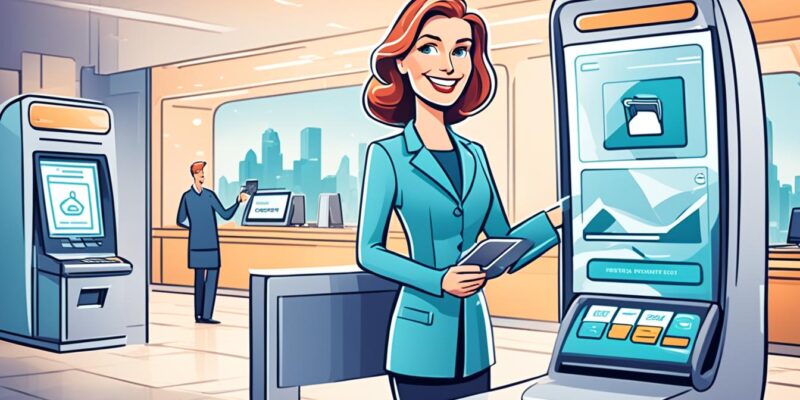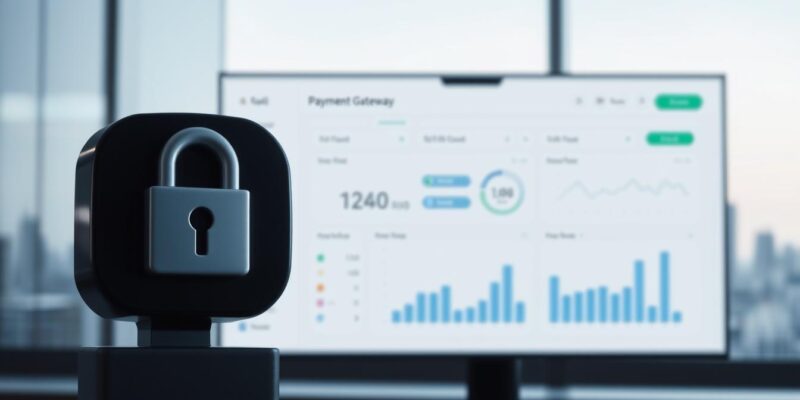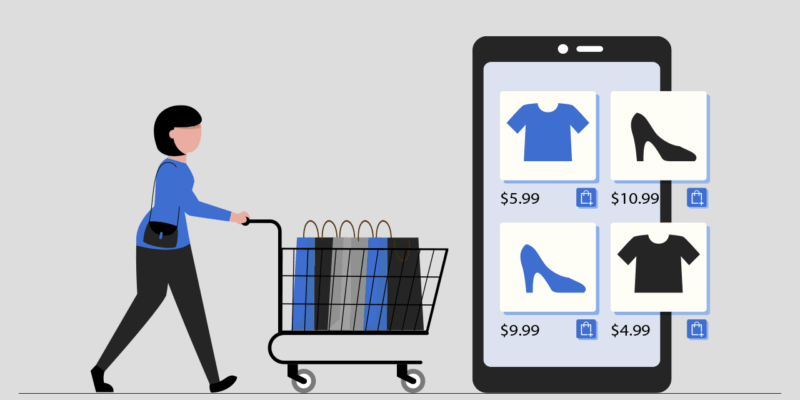Did you know over 70% of businesses find it hard to manage payments compliance? This…

Pinless Debit: Shop Securely Without a PIN
Did you know over 50% of debit card transactions in the U.S. now don’t need a PIN? This shift, known as pinless debit, is changing how we shop. It brings a smooth and safe way to pay.
Pinless debit uses networks like Accel, Pulse, NYCE, and Star. These networks let you skip entering your PIN at checkout. This makes shopping faster and easier for both buyers and sellers.
The Durbin Amendment of 2010 helped make debit card processing more competitive. It reduced the big card companies’ control. Now, new tech lets regional networks offer pinless debit. This can cut costs and boost success rates for stores.
Key Takeaways
- Over 50% of debit card transactions in the U.S. are now pinless.
- Pinless debit transactions expedite the checkout process by eliminating the need for a PIN.
- Regional debit card networks like Accel, Pulse, NYCE, and Star support pinless debit.
- The Durbin Amendment of 2010 enhanced competition in debit card processing.
- Pinless debit options can lower transaction costs and increase merchant approval rates.
What is Pinless Debit and How Does it Work?
Pinless debit makes buying things easy and safe without needing a PIN or signature. It uses smaller debit networks for transactions. These networks offer good rates for both merchants and customers.
Definition of Pinless Debit
Pinless debit means you don’t have to enter your PIN or sign for payments. It uses the pinless debit network for quick and easy transactions. It’s important for both buyers and sellers to know about pinless debit’s benefits and how it works.
History and Evolution of Pinless Debit
Pinless debit has changed a lot over time, thanks to the Durbin Amendment. Before, you had to use a PIN for debit transactions. But the amendment made debit card issuers support regional debit networks, leading to pinless debit.
This change helped create ways to verify payments online without a PIN. Now, methods like the primary account number (PAN) and CVV make online shopping easier.
How Pinless Debit Transactions are Processed
For pinless debit transactions, your account details are checked without a PIN. The transactions go through regional debit networks, which have good rates for sellers. To secure the transaction, methods like the PAN, CVV, or AVS are used.
These steps make sure the payment follows debit card rules. This gives you a smooth and quick way to pay.
Benefits and Potential Drawbacks of Pinless Debit
Looking into the benefits of pinless debit shows its good points and downsides. We’ll cover the pros, security issues, and how it affects transaction fees and costs.
Advantages of Pinless Debit for Merchants
One big plus of pinless debit is it cuts down on transaction fees. Stores can save 20% to 30% on fees by using pinless debit over Visa and Mastercard. Plus, more transactions go through, making customers happier. Early adopters can also get better deals from banks.
Security Concerns and Fraud Risks
Despite its benefits, payment security and fraud prevention are key concerns. Without 3D Secure and network tokenization, pinless payments are more at risk. Stores need strong fraud prevention to meet PCI standards and protect against risks.
Impact on Transaction Fees and Costs
Pinless debit changes how we look at transaction fees and costs. Starting July 1, 2023, U.S. businesses must process debit transactions through at least two networks for online payments. This can save a lot of money by optimizing PINless debit routing and improving success rates. But, it’s important to plan carefully and work with the right partners to get the most out of it.
Conclusion
Pinless debit is changing how we handle payments. It makes transactions faster and safer for everyone. This method is becoming more popular because it’s easy to use and secure.
As we move forward, pinless debit is set to grow even more. It saves money and makes shopping better for customers. But, it’s important for businesses and payment services to keep up with new rules and changes.
Dealing with fraud and following new laws is a big task. Yet, pinless debit could change the way we pay for things. By using it, you’re ahead in a market that values security and efficiency. Keeping up with the latest trends and rules will help you make the most of pinless debit in the future.



Comments (0)